This review begins with a short story involving a small, nonchalant “reunion” of myself, Lorraine Javalera from Samsung Mobile and MJ Cordova who does their PR. After the media was toured through the new features and specs of the M8800 Pixon camera phone, I was able to do some catching up with both girls — Lorraine, whom I see at these events and MJ whom I’ve known since college.
Raine had a working Pixon on her and I wanted to take some photos. After she handed it to me, she got a phone call and had to run off to do, well … some product manager stuff so I was left alone with the unit. “Keep this first, I’ll catch up with you later!” were her parting words.
So there I was, probably the only guest at the event with a working Pixon. I had two choices – run out the event door, change my name and start a new life with the new Samsung M8800 … or take product shots. I chose the latter. Click. Click. Click. Initial photos after the jump.
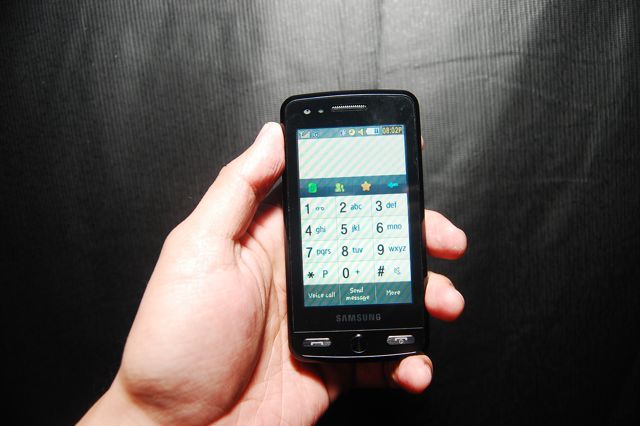
The Samsung Pixon M8800 is the latest camera phone in Samsung’s stable that boasts 8MP optics and face detection. It is also a touch screen device, and if you may, is the spiritual successor to the Samsung SGH F480 which boasts similar features. The M8800 has a larger 3.2 inch display compared to the F480’s 2.8 inches. However, both devices utilize the same widget feature, a new staple in Samsung’s proprietary OS. A cool new feature of the Pixon is face tagging, which works similarly to how we tag photos on Facebook: you can tag photos that you took, linking them to your address book as a caller ID portrait. Because the Pixon has built in GPS, geotagging is also supported.
Peculiar: The Pixon also makes use of the Song ID feature that Motorola popularized with the ROKR series and Sony Ericsson with the Walkman series. I like the fact that Samsung included this feature in the M8800 even though it isn’t marketed as a music phone.
I’d like to touch on the user interface. As a touch screen device, I was led to alternate between two different screens – the widget screen for on the fly apps and the main menu for other functions. The widget screen is basically a “Start menu” in itself for other functions reside below the GUI, namely for address book, messaging and numerical keypad for manual dialing. In some areas of the GUI, I noticed that Samsung’s latest OS mimicks some features of the iPhone GUI – namely the seemingly useless thumb dragging of the menu to … well … nowhere. For iPhone users, you know how when you scroll through a long address book and reach the end, the entire list can be pulled down to about 50% of the screen and springs back up? Well the same applies to the Pixon.
After some thought I succumbed to the utility of this seemingly useless function – it makes the GUI more fluid and real. So yes, the Pixon does this to some extent. The image below shows my thumb pushing the message window down as far as I can. Useless, but fun! It’s more human, more entertaining.
The Pixon’s touch screen is complemented by two text input methods – a standard virtual numerical keypad in portrait mode and a virtual QWERTY keypad in landscape mode. The Pixon’s accelerometer is quite sensitive and it can be a small annoyance when you get alternating input methods even when you tilt the device slightly. What I did like about the touch screen input is that the unit vibrates when you input text, allowing for some form of tactile feedback. I tried composing SMS using both methods — the device supports T9 text input allowing any user familiar with a Nokia, Motorola or Sony Ericsson phone to easily migrate. The space bar for the numerical keypad is located in a virtual key below the “0.” Way cool.
The Pixon M8800 is about the same in size as the Nokia E71 but noticeably lighter (trust me!!!) as seen in the comparison below.
Let’s talk about photo viewing. Just like the iPod touch and iPhone, the Pixon can rotate photos depending on the orientation in all four directions (above). Here is a sample photo taken with the LED flash turned on (resized to 640 x 480 resolution):
The experience of taking photos with the Pixon is interesting, as face detection kicks in when you work the auto focus. There’s also a short delay in the shutter-to-record speed which means that some moving objects can be blurry. But in terms of quality — the image above shows that it packs a decent camera even in low light. The original copy of photo above weighed in at 2MB.
Bottomline
The Pixon runs on a HSDPA network and does not have WiFi. If you’re looking for a new phone a little above the P20,000.00 range, the Pixon should be considered as an easy to use touch screen device. The obvious competitor would be the Nokia 5800 XpressMusic phone, which I’ve also reviewed in this blog. The strongest points of the Pixon M8800 are the camera (panorama stitch mode supported) and an easy to use touch screen interface especially for SMS (one handed!).
I did have one question – the Pixon can use the song search feature to find music ID’s on the Internet. The commentator said that soon, Samsung will be able to allow legal downloads of the music as well. I’m wondering from where are they sourcing it? Amazon.com?
For obvious reasons I was not able to provide feedback on battery life.
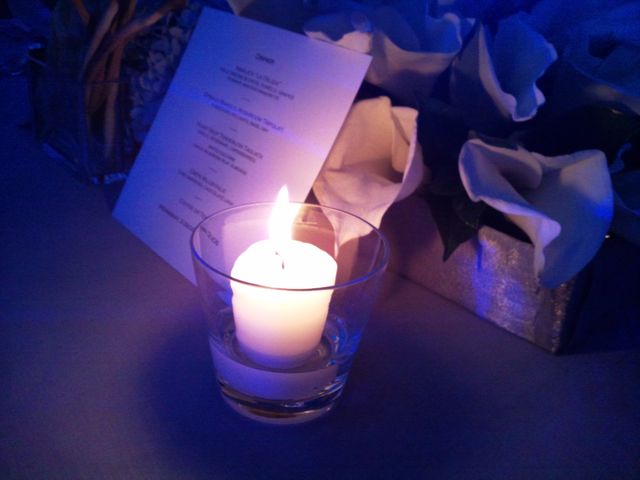
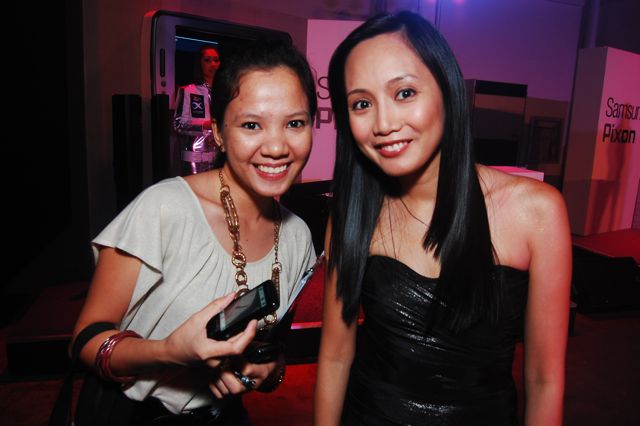
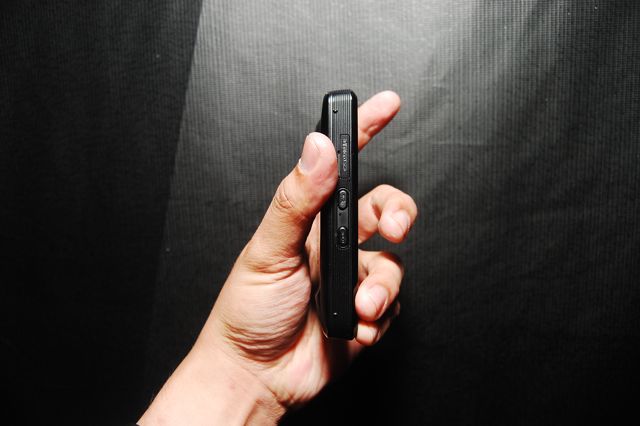
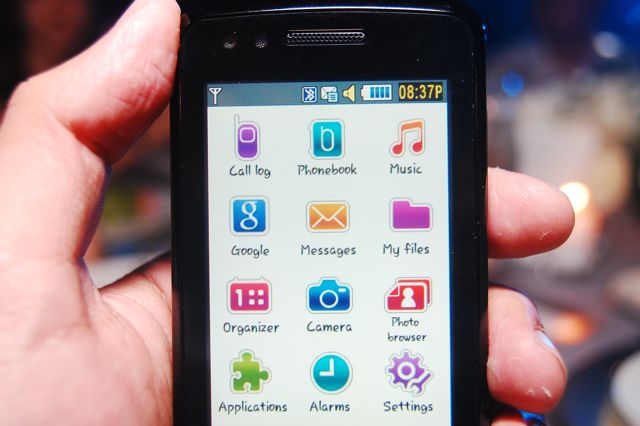

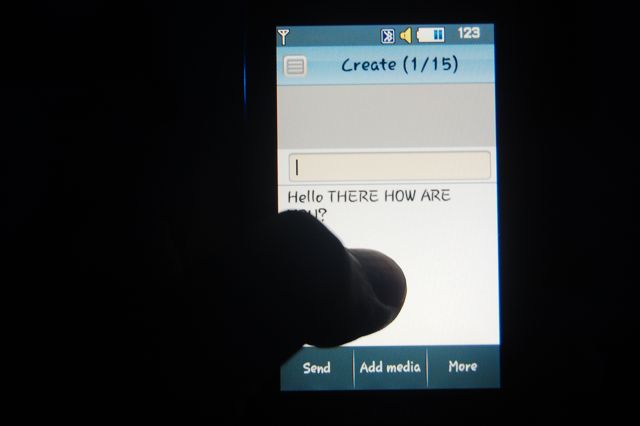
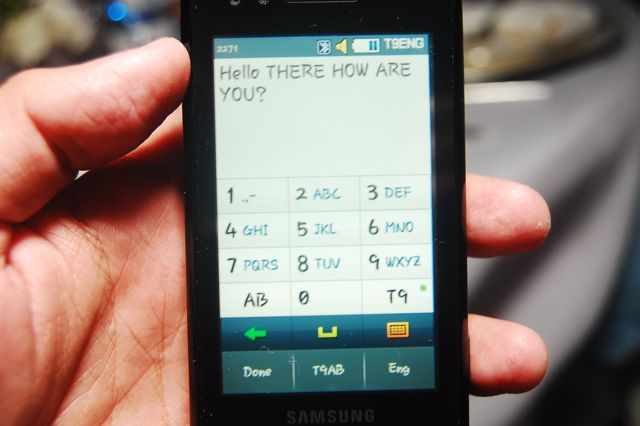
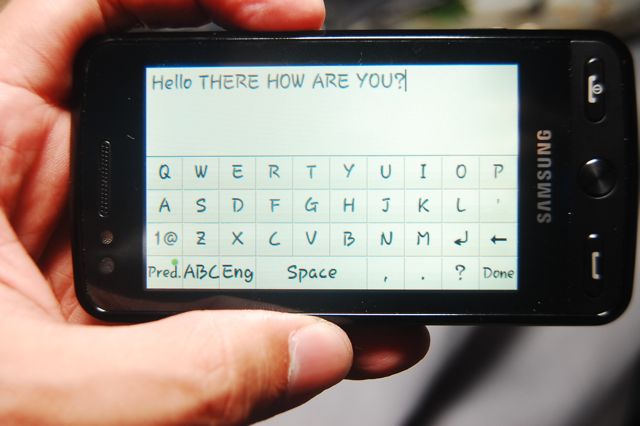

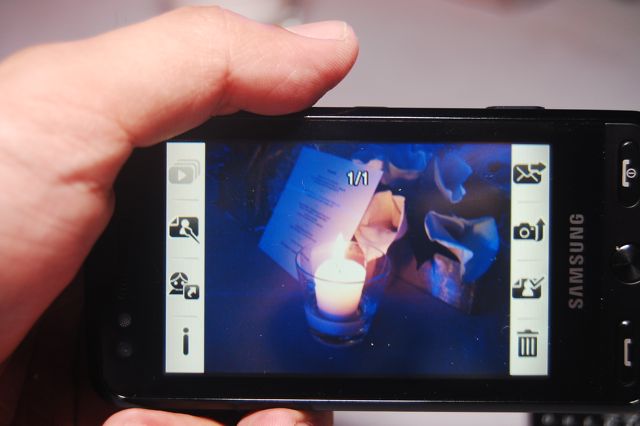

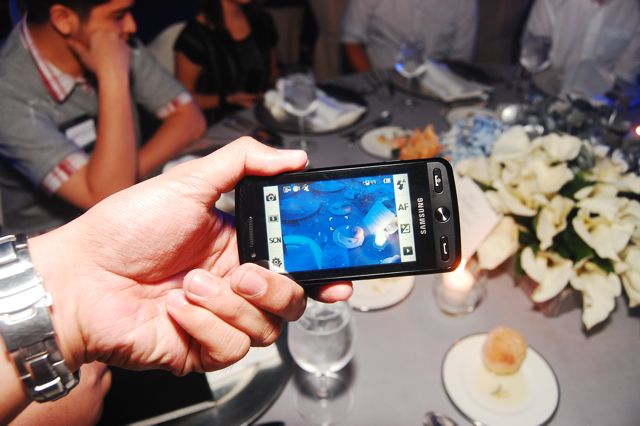
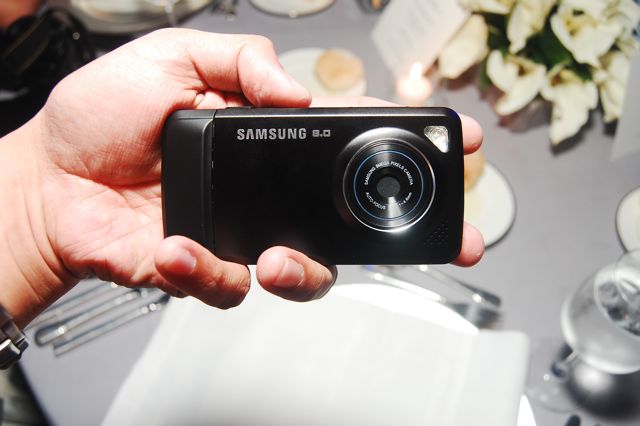
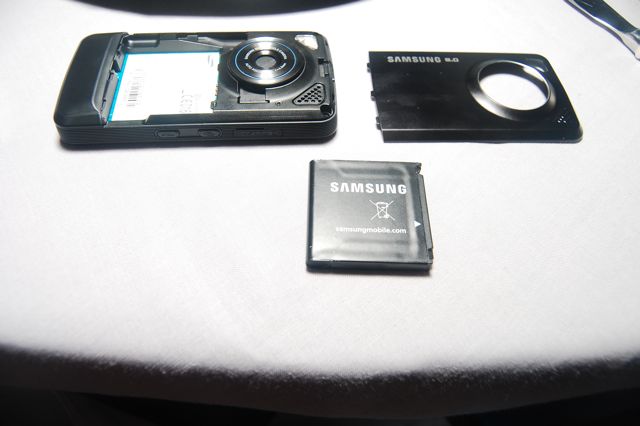
13 replies on “Samsung Pixon M8800 Photos and Review”
The photos are impressive, they’re clear, well it should be. But no wifi? Hmmmm. What’s up with the font btw, does it really come with that?
the font is an option among 2 others! haha! they have more conservative fonts
Good to know.
ang ganda ng review, parang ok na ok na kahit walang WLAN
[…] For a positive review that will surely make you buy an M8800, click here! […]
[…] for a new phone this Christmas? Here’s a one that you might like, the Samsung Pixon M8800 reviewed by Jayvee […]
[…] above is the MPro side by side a Nokia 5800 XpressMusic (my reviews here and here) and a Samsung Pixon M8800. As you can see … well, yeah it could very well be mistaken for a […]
Hey, got the Pixon last Friday from the Samsung Store in Glorietta (for 24,795, slightly below the 26K SRP mentioned in most sites).
I have some questions though:
1. Is it normal that the phone shows the flash before the phone actually takes the picture? (For the second flash option, flash is shown first, camera focuses, takes another flash, and then the pic is finally taken)?
2. After taking a few pictures and browsing the web, have you ever experienced having the back side of the phone (battery side) getting too hot?
Thanks!
hi irwin, let me try to answer to my best ability
1. i did notice that too. unfortunately i wasnt able to play around with it too long to see if you can change that. it should be in the settings to kill the flash, but not sure how photos would look at night.
2. again, i didnt notice this as i havent spent that much time with the device. thats a bad sign though, if it heats up really fast, albeit not uncommon among 3G phones. surfing via data really depletes battery fast!
With regard to the question about flash:-
I suspect that in “low light” conditions or what it perceives to be low light, it will fire the flash to provide enough light for auto focus to work.
[…] accepting and ending calls. As for the touch screen, this is a step up from previous technologies (like the Pixon M8800) — the user interface is slightly faster, resembling much of the already recognizable […]
[…] touch feel. It isn’t quite at par with the iPhone’s because of the noticeable lag, but if you’ve held a Samsung Pixon before, the experience is […]
magkano naman po ang samsung pixon m8800?kasi may balak akong bumili nyan tsaka para handa ako kung magkano ang iipunin ko..